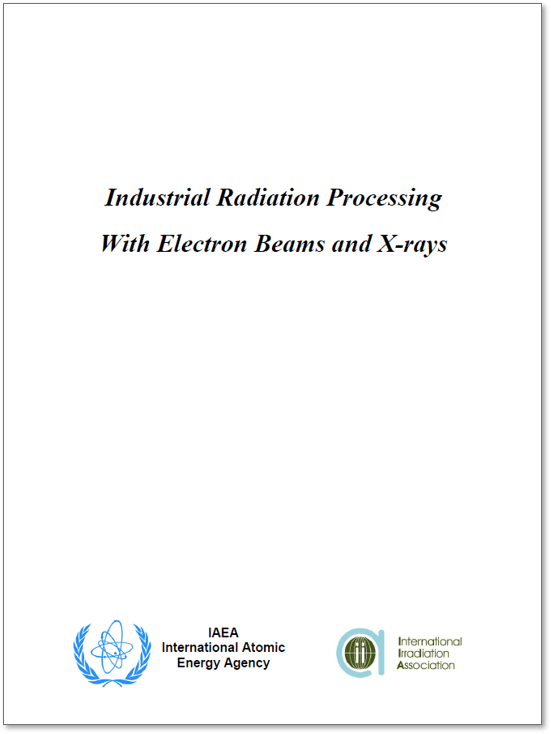Introduction to Industrial Radiation Processing with Electron Beams and X-rays
The International Atomic Energy Agency (IAEA) published a comprehensive guide on the use of electron beam (EB) and X-ray technologies for industrial radiation processing. This guide outlines the principles, technologies, applications, and emerging trends of EB and X-ray processing as an alternative to traditional gamma irradiation.
What is Radiation Processing?
Radiation processing uses ionizing radiation to alter the physical, chemical, or biological properties of materials. Unlike gamma-ray sources such as cobalt-60, electron beam accelerators and X-ray generators are electrically powered and do not produce residual radioactivity. This allows for safe, on-demand operation in industrial settings.
Key Technologies
-
Electron Beam Accelerators: These devices accelerate electrons to energies between 80 keV and 10 MeV for processing materials. High-current accelerators enable high throughput and are suited for continuous industrial use.
-
X-ray Generators: High-energy electrons striking metal targets generate bremsstrahlung X-rays. These systems offer deeper penetration than EBs and are viable alternatives to gamma sources for sterilization and food treatment.
Advantages of Electron Beam and X-ray Processing
-
No radioactive waste or source handling
-
High dose rates for efficient processing
-
Controllable energy and penetration depth
-
Lower energy consumption compared to conventional thermal or UV methods
-
Compliance with environmental regulations by avoiding VOC emissions
Industrial Applications
Electron beam and X-ray technologies are widely used across multiple industries:
-
Polymer modification (e.g., crosslinking in wires, cables, and heat-shrinkable tubing)
-
Surface curing (inks, coatings, adhesives)
-
Foam production (closed-cell polyethylene)
-
Sterilization of medical devices and human tissue
-
Food irradiation for microbial safety and extended shelf life
-
Water and flue gas treatment (emerging application)
-
Composite curing in aerospace and automotive industries
Emerging Trends
The field is witnessing growth in areas like:
-
Biofuel production via cellulose degradation
-
Environmental remediation (e.g., wastewater and air pollution control)
-
Agriculture (seed and soil disinfestation)
-
Advanced material processing, including carbon fiber and semiconductor treatment
Global Adoption
With over 1,400 high-current EB systems in commercial use globally, the market for radiation processing is valued at over $85 billion. Service centers allow industries to utilize EB/X-ray processing without the upfront cost of owning an accelerator.
Conclusion
Radiation processing using electron beams and X-rays is a mature, energy-efficient, and environmentally responsible technology with broad and growing applications. With ongoing innovations and increasing regulatory and commercial interest, it continues to transform industrial material processing and product sterilization globally.

